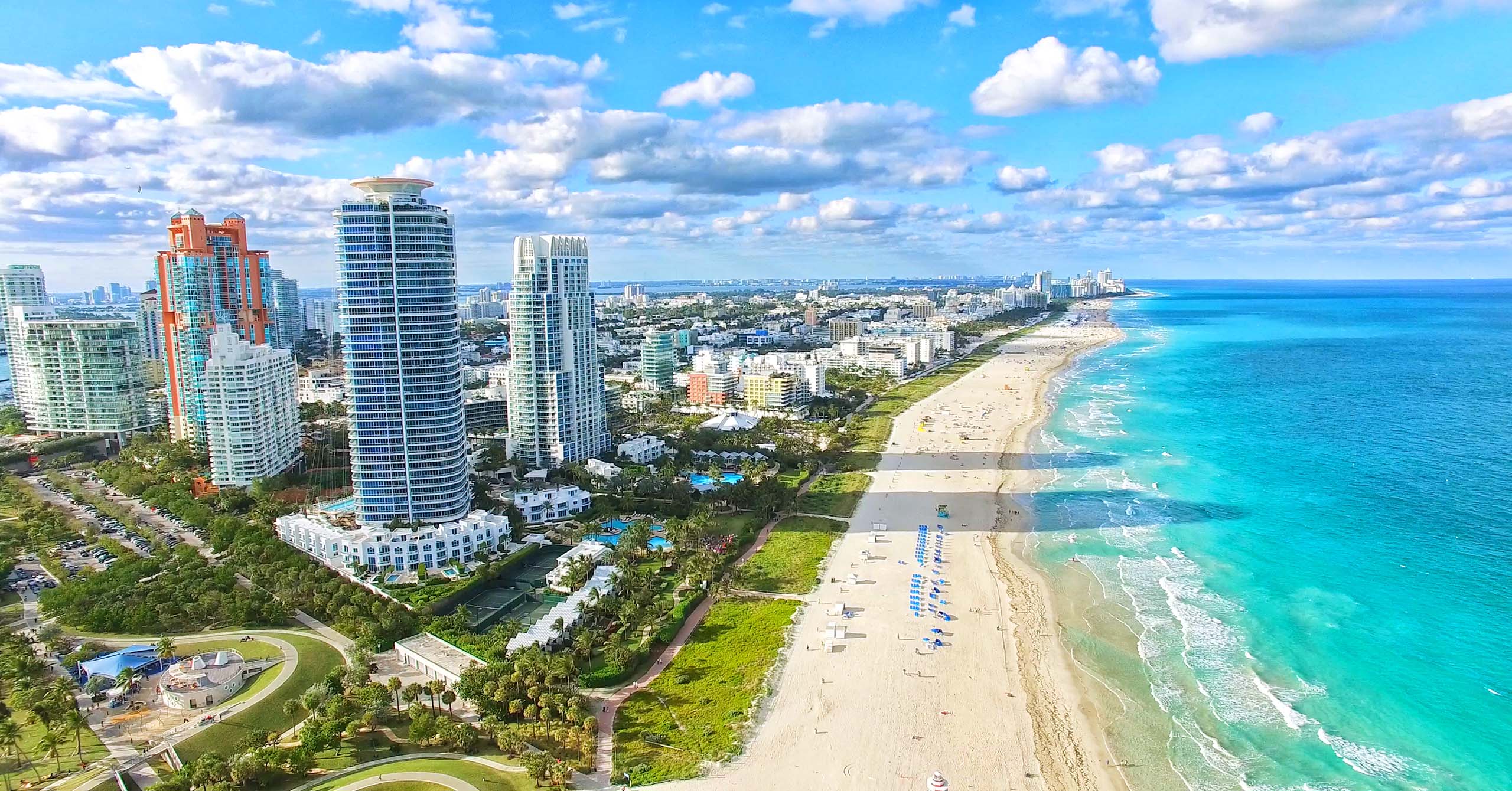When envisioning Florida, images of pristine beaches, vibrant culture, and endless sunshine often come to mind. However, beneath its tourist-friendly facade lies a reality marked by pockets of high crime rates and safety concerns. As prospective residents or curious travelers, it’s essential to be aware of the less savory aspects of Florida’s urban landscape.

Sanford: A City Grappling with Violent Incidents
In Sanford, recent headlines have been dominated by tragic events, including an officer-involved shooting resulting in multiple fatalities. With a violent crime rate well above the national average, Sanford faces urgent challenges in enhancing its safety measures.
Florida City: Struggling with Poverty and Crime
Florida City, despite its small size, contends with a high poverty rate and associated social challenges. Its elevated levels of violent and property crime underscore the need for concerted efforts to improve community safety.
Cocoa: A Small Town with Big Crime Rates
Cocoa, nestled near Cape Canaveral, boasts a unique proximity to space exploration sites. However, its significantly high violent crime rate poses a deterrent to those seeking tranquility in the Sunshine State.
Lake City: Florida’s Most Dangerous Urban Center
With a violent crime rate nearly four times higher than the state average, Lake City holds the dubious distinction of being Florida’s most dangerous city. Despite its historical charm, safety concerns loom large over this small town.
Tallahassee: Balancing Education and Safety
Home to renowned educational institutions, Tallahassee grapples with upticks in violent crime, challenging its reputation as Florida’s capital city. Despite its vibrant energy, caution is advised when navigating certain neighborhoods.
Lake Worth: A City on the Mend
Lake Worth, despite its past challenges with drug abuse, has seen a decline in crime rates in recent years. However, vigilance is still warranted, particularly in its northern districts.
Gainesville: Where Education Meets Urban Dynamics
Gainesville’s status as a college town is juxtaposed with notable safety concerns, reflecting the complexities of balancing student life with community safety.
Jacksonville: Navigating Crime in a Vast Urban Landscape
As one of Florida’s largest cities, Jacksonville’s crime rates mirror its size and urban characteristics. While its poverty rate is relatively low, safety challenges persist across various neighborhoods.
Deerfield Beach: Urban Living with Safety Challenges
Deerfield Beach grapples with higher-than-average rates of both violent and property crime, underscoring the complexities of urban living in the Miami metropolitan area.
Orlando: Beyond Tourist Attractions
Orlando’s violent crime rate, though historically decreasing, remains a concern for residents and visitors alike. The city’s efforts to enhance safety reflect its commitment to community well-being.
Pompano Beach: Coastal Living with Crime Concerns
Pompano Beach’s coastal location makes it a target for drug trafficking activities, contributing to its elevated crime rates and economic challenges.
Lauderhill: Addressing Rising Crime Rates
Lauderhill has witnessed an increase in crime rates in recent years, prompting community efforts to improve safety through neighborhood watch programs and active policing.
Daytona Beach: A Tourist Haven with Crime Challenges
Despite its reputation as a vacation destination, Daytona Beach contends with high levels of property crime, urging residents to remain vigilant.
Homestead: Safety Concerns Amidst Agricultural Richness
Homestead’s agricultural richness is juxtaposed with safety concerns, particularly in certain neighborhoods where crime rates remain elevated.
Riviera Beach: Florida’s Most Dangerous City
With a violent crime rate seven times the national average, Riviera Beach tops the list as Florida’s most dangerous city. Despite pockets of safety, its overall reputation for crime underscores the need for heightened vigilance.
In navigating Florida’s urban landscape, awareness of safety concerns is paramount. Whether considering a move or planning a visit, understanding the realities of crime rates in these cities is crucial for personal well-being and community engagement.